Warsaw or Warsaw is the capital of Poland, a country located in Central Europe. It is a unique city with a mix of elements from modern times and its rough past. Although the city was literally in ruins after World War II, the people of Warsaw have come together and rebuilt the place. Today, the landscape includes the Vistula River, artistic palaces, churches, UNESCO World Heritage Sites and lush green parks along with modern architectural wonders such as commercial complexes, museums, sports complexes, urban green spaces, cafes, sculptures and more. It has become the Polish cultural hub because of these cultural sites, because of the various cultural events and festivals it hosts, and because of the rich traditions that the Poles have managed to preserve despite several invasions from neighboring countries in the past.
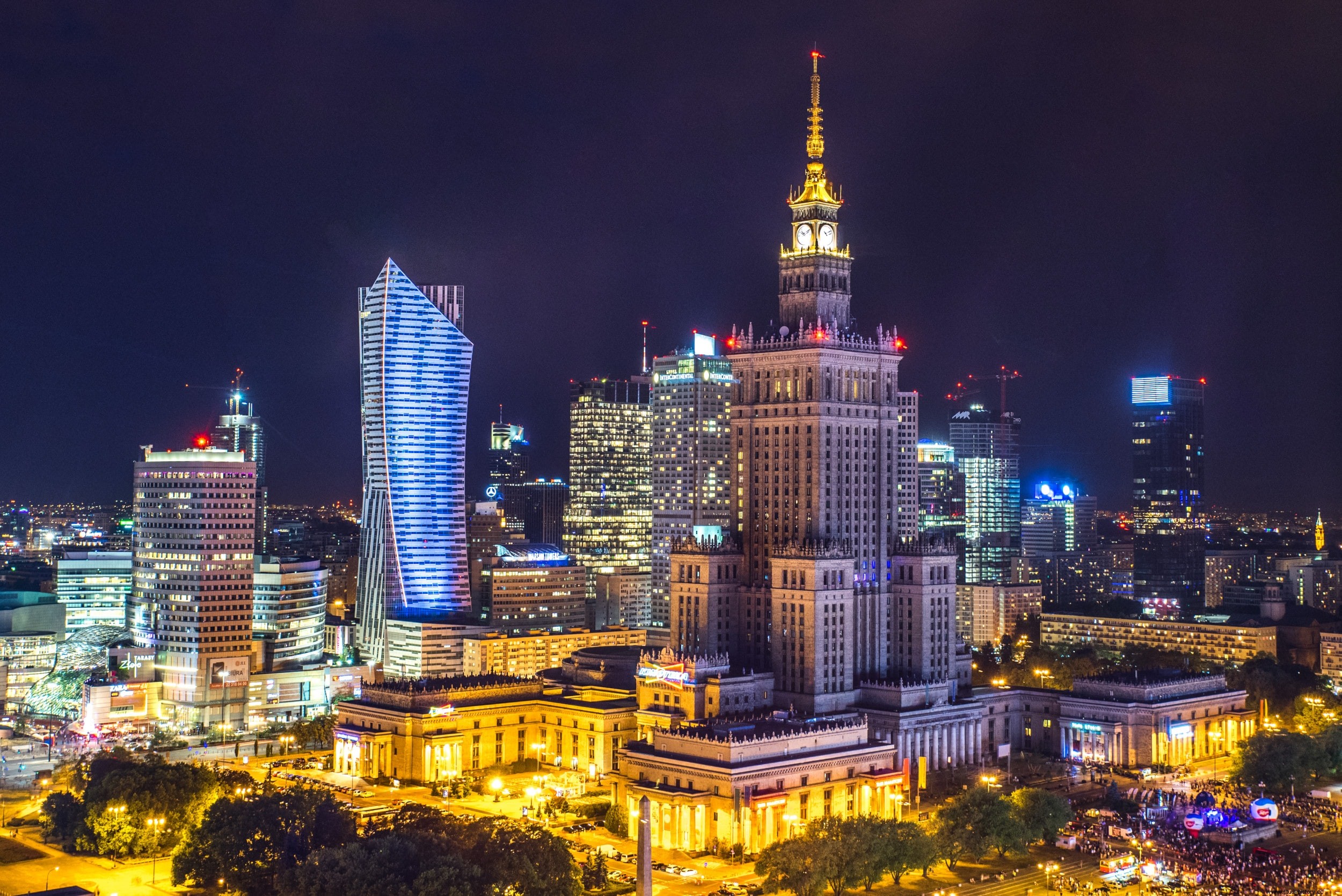
But today I'm not here to guide you through Warsaw. I'm here to share some of Warsaw's myths and legends that are so important that they have become the city's identity.
The legends concentrate mostly on Syrenka, the mermaid in Warsaw. The creature has become the city's official symbol, and although historical evidence does not explain why this is so, legends surrounding it do. In this post I also share some of the legends about the foundations of Warsaw, and you will soon see how the two are connected.
The Legends of Wars and Sawa:The Origins of Warsaw
Warsaw was founded on the banks of the Vistula River, with evidence of settlements dating back to the 9th century AD. Initially, the site was just a fishing village on the banks of the Vistula River, which eventually grew into a large city. During this time, the village became known as Warsaw, which was part of the Duchy of Masovia. In the 16th century, when the last duke died without leaving an heir, the duchy was absorbed into Poland.
There are many theories about the etymology of Warsaw. Some say that it comes from the word Warsz, which was the short form of Warcisław, the historical name of the country near where the Old Town of Warsaw is located today. Others say Warsz was apparently the name of a knight from the 12th or 13th century who owned a village that is now part of the old town.
According to legend, however, the name is a merging of two characters called Wars and Sawa, and there are several versions of stories with the two. Few of them even involve mermaids.
Version 1
The first and most common version of the story goes like this:
There was once a fisherman named Wars who lived in a thick forest by the Vistula River. He was a man of good nature and was extremely industrious. So much so that he had built a boat all by himself. It would allow him to catch a lot of fish whenever he wanted. Warriors were quite lucky compared to the other fishermen in the village, as he would always be able to catch a lot of fish in his net.
Warrior would be busy with other errands during the day, but it was in the evenings that he preferred fishing. He thought the night was more calm and peaceful.
While catching fish one night, he saw a beautiful woman with long hair who happened to have the tail of a fish. Unaware of his presence, the woman began to sing and Wars was instantly swooned by her melodic voice. He had fallen in love with her.
From then on, he came back every night to hear her sing.
One night, in an attempt to get a better look at her, he accidentally showed up for the mermaid. Furious, she demanded to know why he was spying on her. To answer her question, he politely introduced himself and confessed his love for her.
The mermaid then answered and said that she had also looked at him during the day when he worked and saw that he was kinder and kind to others. she had also fallen in love with him.
At first she was worried about their differences, but when they realized they were made for each other, she remembered an old secret. If a mermaid fell in love with someone with reciprocal feelings, they could lose their tails and become human.
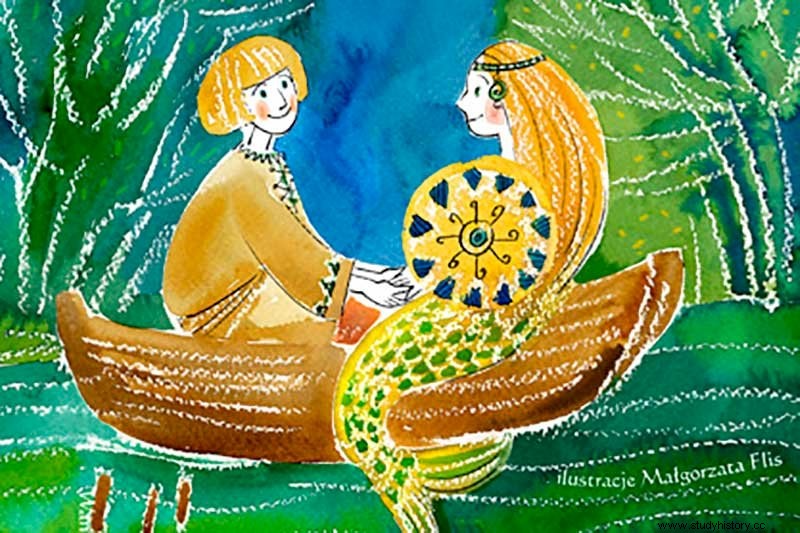
Wars then asked for her hand in the marriage, and she said yes. Her weight then turned to bone, and they lived happily ever after.
Later, the land they lived in was turned into a bustling fishing village as people named after the couple. So, plus Sawa became Warsaw ( pronounced warning ).
Version 2
Another version of the story goes like this:
Wars and Sawa were a married couple living on the banks of the Vistula River. Wars was a fisherman while Sawa was a homemaker. They were not wealthy and lived modestly in a small cottage.
Once a king, on his way to the city, had stopped in the middle of the journey, looking for food and accommodation. That day, Wars and Sawa prepared fresh fish for the meal, and the delicious aroma had spread across the neighborhood. The king was attracted by the smell and decided to visit their house and asked for hospitality.
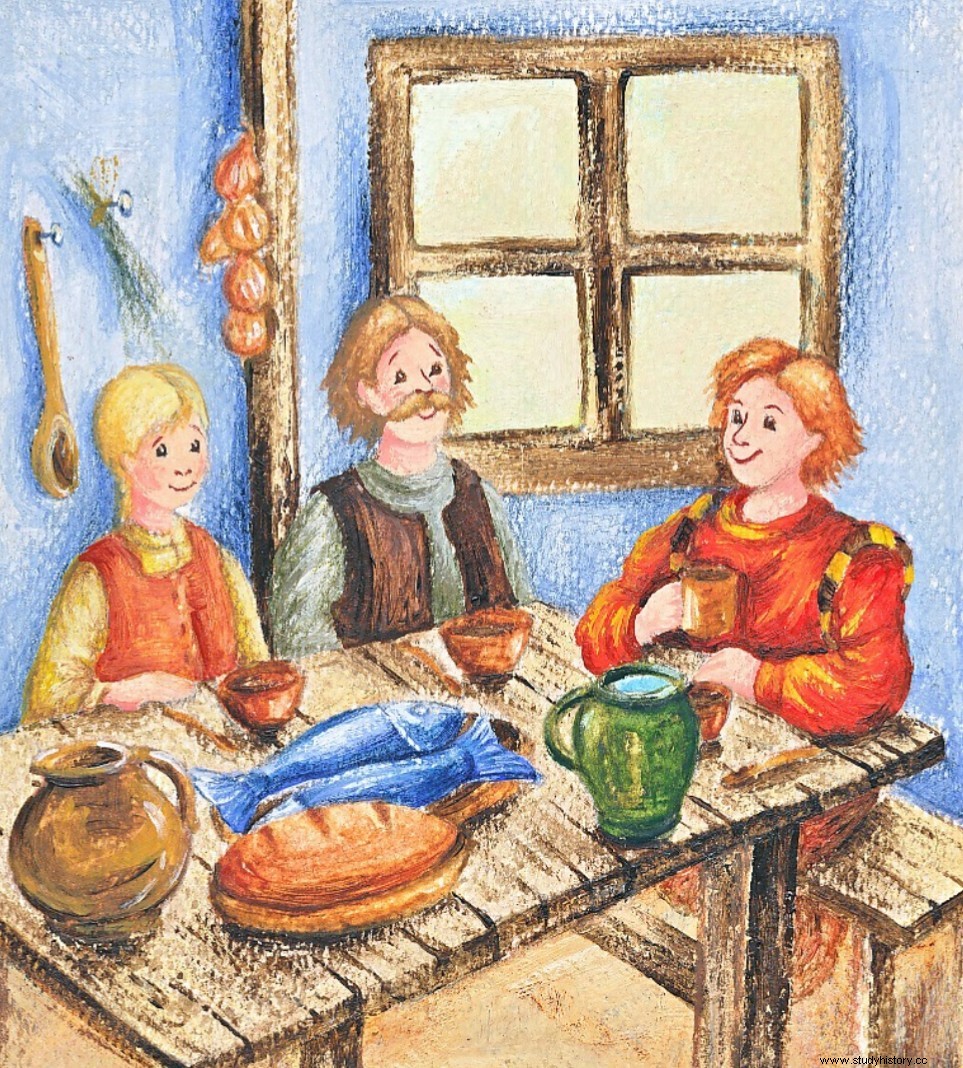
According to Polish custom, the couple were very hospitable and welcomed him, offered him part of the meal and a bed to rest in. Impressed by their hospitality and the fact that they accommodated a stranger and shared the meal, the king promised to provide so that no one will forget their names, so he called the land around their hut, Warsaw, in honor of them.
The Legends of Syrenka - The Protector of Warsaw
The name syrenka sounds like the Greek mythological creature called the siren. Both creatures live in the water and have melodic voices. However, the siren has half-bird and semi-human features, while the lilac is closer to a Melusine or a mermaid. The translation of the Polish word is closer to a mermaid than a Melusine. The siren is also depicted as an evil creature, while the lilac is depicted as being pleasant and heroic. She is always depicted with a sword in one hand and a shield in the other.
However, the being has evolved over time. Looking at the early versions, one can actually assume that it was inspired by a Greek character.
Syrenka has been the symbol of Warsaw since the end of 14 th century. Wax seals found from 15 th century showed that it was even in their coat of arms. Initially, the mythical creature had the monstrous features of a dragon, a bird and a human, a little closer to the Greek siren. It had the head of a man, the wings of a gryphon, and the claws of a dragon. Within 16 th century, the human part had changed from man to woman.
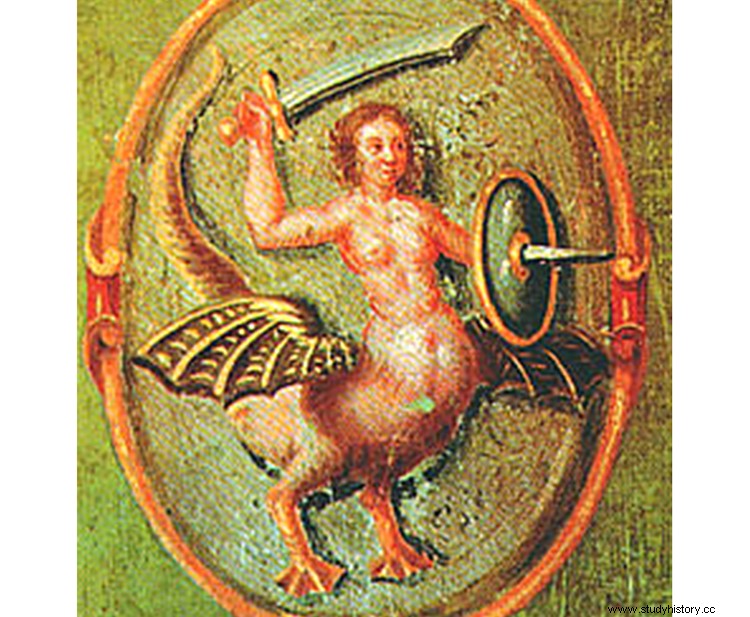
It was not until 17 th century that Syrenka was illustrated as a beauty. Evidence of the new version was found in literary works at that time. However, it still retained some of the characteristics of the dragon. The reptile functions were eventually replaced by fish-like ones of the 18th century.
This could have been due to the following legend:
It was said that medieval Warsaw was protected by the gryphon. Once the gryphone had gone to the Baltic Sea in northern Poland where he met a beautiful mermaid and fell in love. The mermaid returned the feelings and she followed him back to Warsaw. Together, the couple wanted to protect the city.
When the Swedes attacked Poland, the gryphon died in battle, after which the mermaid took over as protector of the city and held the shield and sword in her hands.
Note:Sweden actually invaded Poland between the 17th and 18th centuries.
It was one of the earlier versions of the lilac legend. The most common version is retold below,
There were once twin women who came from the Atlantic Ocean and swam to the Baltic Sea. The twins reached Gdansk, a city on the Baltic Sea in northern Poland, and chose to divide.
One swam to Copenhagen in Denmark while the other lived in Gdansk. It seemed that she liked the city, but what she liked best was the river. Elven Vistula.
Go to it, she swam in the river, curious to know where it would lead her. She swam until she was tired, and decided to stop and take a break. When she reached land, she realized that she really liked the place and decided to stay. She loved the natural landscape, the air and the atmosphere. This place was Warsaw.
NOTE: In some versions of the story, the place where she stopped was the same place that the descendants of Wars and Sawa lived.
Soon the local fishermen in the area noticed that the fish caught in their nets were released, and after investigating, they found the mermaid responsible. Furious, they decided to catch her, but when they got close, they were fascinated by her beauty and melodic singing voice and decided to get caught.
Once a crooked merchant passed by, and when he saw her, he realized that he could make money by catching her and showing her at festivals and fairs. He drew up a plan, tricked her and caught her successfully. He even went on to make the fishermen believe that the mermaid was a threat to the city, and therefore she had to be caught.
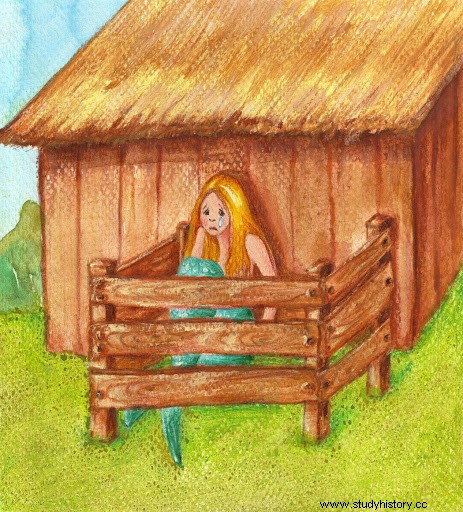
In captivity, the mermaid would cry and cry for help. Finally, one day, a fisherman heard her cry and managed to free her with the help of her friends. The mermaid was grateful, and when she was released, she promised the people that she would be there to help them when they were in trouble. So she carried a sword and a round shield in her hands and prepared to protect the city and its people forever.
The legend that binds the two stories
The following legend is a version of the Syrenka story that also connects the legend of warriors and Sawa,
Long ago, a fisherman named Wars lived on the banks of the Vistula River. One day while catching fish, he heard the sweet and melodic voice of a woman singing and challenging him to introduce himself. Fearless, he began to row the boat towards it, when suddenly it stormed up. The voice continued to sing, but became violent and threatened to drown him and sink his boat, but he rowed so fast that the storm and lightning could not reach him.
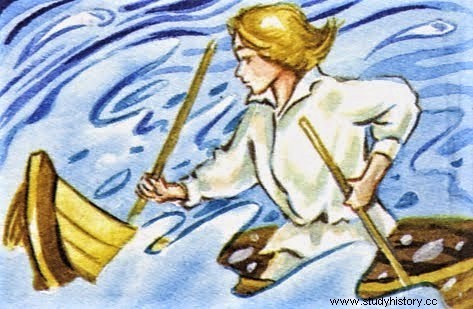
In the middle of the water he suddenly saw a strange creature that was partly fish and partly female. It was a mermaid. Confused and curious, he swam closer to her and held out his hand. Impressed by his bravery, the mermaid gave him a shield and a sword and made him responsible for protecting her, the river and the city. The mermaid had become a woman then, and soon the two married and lived happily ever after. The fishing village was named Warsaw, and honored their union.
Symbolism and cultural significance
As mentioned earlier, the lilac has been the emblem of Warsaw since 14 th century, at a time when Warsaw was not even part of Poland, let alone say it was the capital. The icon serves as a symbol of the protection and values of the Warsaw Pact.
The fish symbolizes the city's proximity to a body of water which in this case refers to the river Vistula. This may also indicate that the place was originally dependent on a fishing economy.
The shield and the sword are the symbols of the defensive nature of the city and the people. The act of using the sword symbolizes the readiness for a battle. It shows spirit, courage, hope, freedom, sovereignty and a willingness to never give up. And rightly so, the Warsawans fought, they rebelled, especially against Russian imperialists in 19 th century and against the Nazis during World War II.
Symbols of the shield are seen all over the city. The Heritage buildings in Warsaw usually have an oval plaque in front, which contains the information about the monument. The oval shape is symbolic of the shield that the lilac holds. Suggests that the shield protects the heritage of Warsaw.
Finally, in many of the lilac legends, there is often an element of love, hospitality, camaraderie, marriage and family. These elements are highly valued in Polish society, especially marriage and family; which takes precedence over everything else.
Signs of the mermaid around Warsaw
The most popular place to find the mermaid would be in the UNESCO World Heritage Center in Warsaw, the Old Town Square. But if you look closely, it's everywhere.
First and foremost, it is part of Warsaw's coat of arms.
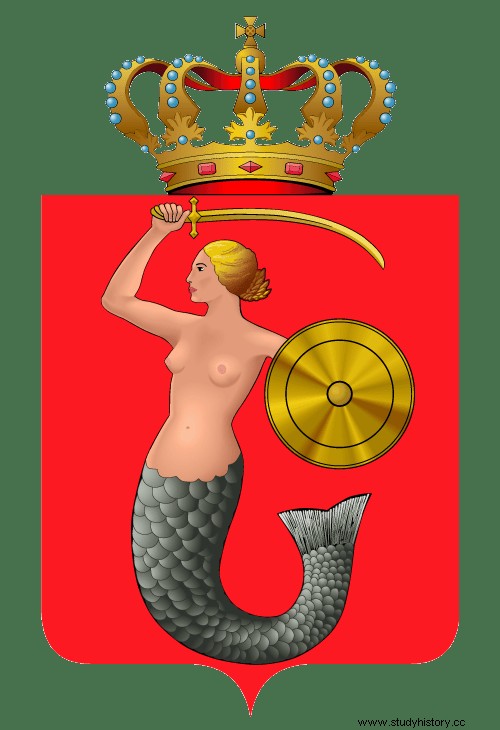
Second, it can be found in buses, trams, subways, taxis, public buildings, and even at the gates of churches, such as the one at the gates of St. John's Archcathedral.
Finally, there are about 10 statues dedicated to the mythical creature. The most popular is located on the square in the old town and was designed by Konstanty Hegel in 1855.
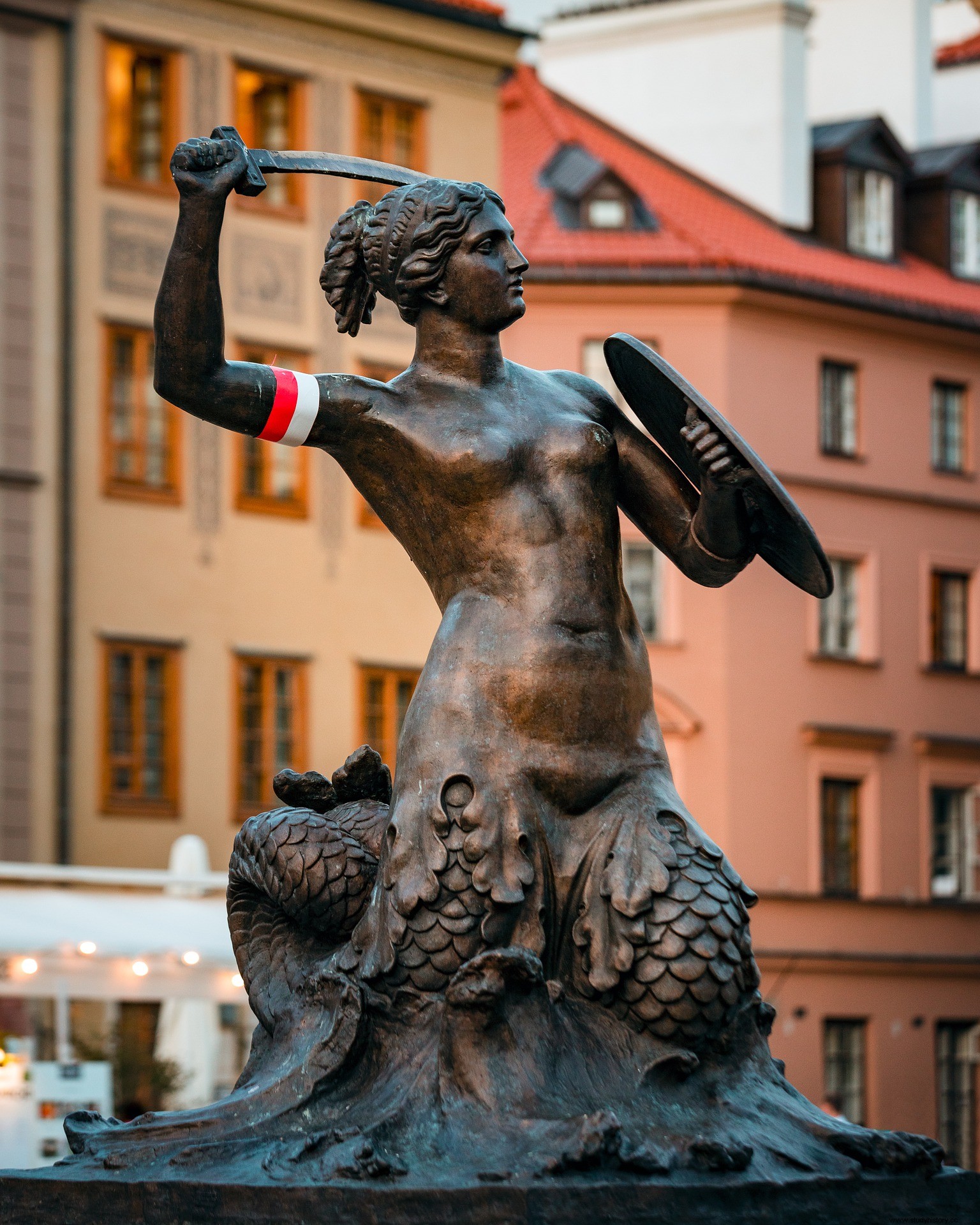
During that time, Warsawites were forbidden to honor any of their heroes, so the sculptor chose the site as the symbol of the city. It was removed and moved around in various places for 71 years before it was restored to its original place. Unfortunately, it was moved again in 2008, and a replacement was erected instead. The original is in the museum in Warsaw.
Another popular sculpture is the one on Powiśle, made by the sculptor Ludwika Nitschowa and erected by the river in 1939.
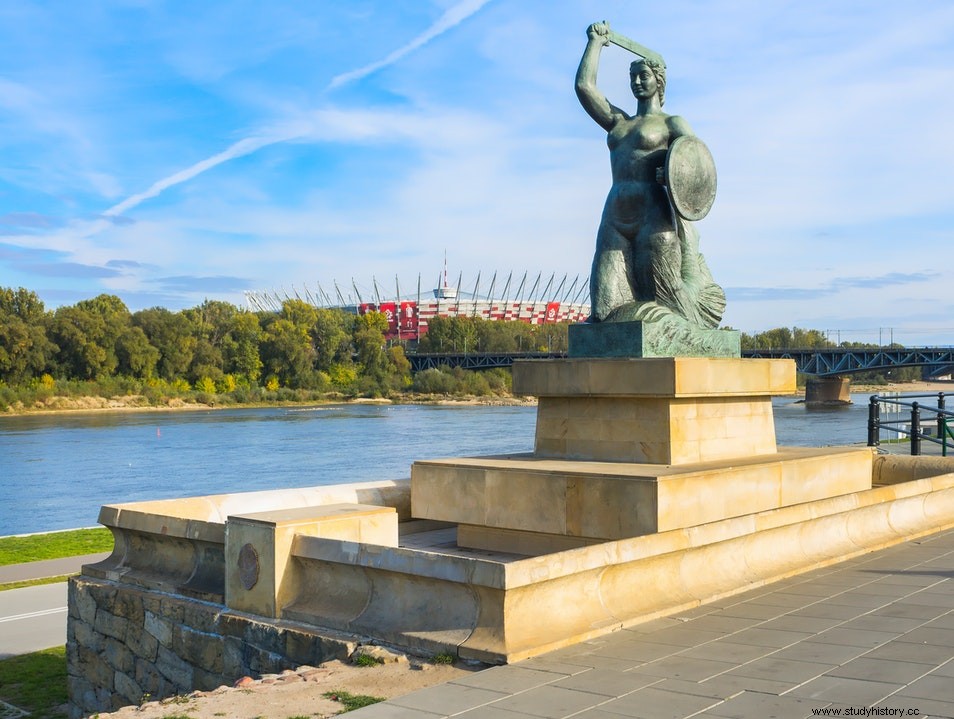
Were they the same?
Although the city was rebuilt not long ago, this symbol is a testament to Warsaw's long history and tradition. After being part of the country for almost 800 years.
Before concluding this post, I wanted to share a thought. When I first heard the story of Wars and Sawa and the story of Syrenka, I could not help but wonder if they were the same mermaid or not.
What do you think?
Do not hesitate to share your thoughts in the comments below and click here. for more articles like this.
References
Wasilewski, J. &Kostrzewa, A., 2018. Syrenka Tattoos Personal interpretations of the Warsaw symbol. Shima, 12 (2), pp. 144-162.
